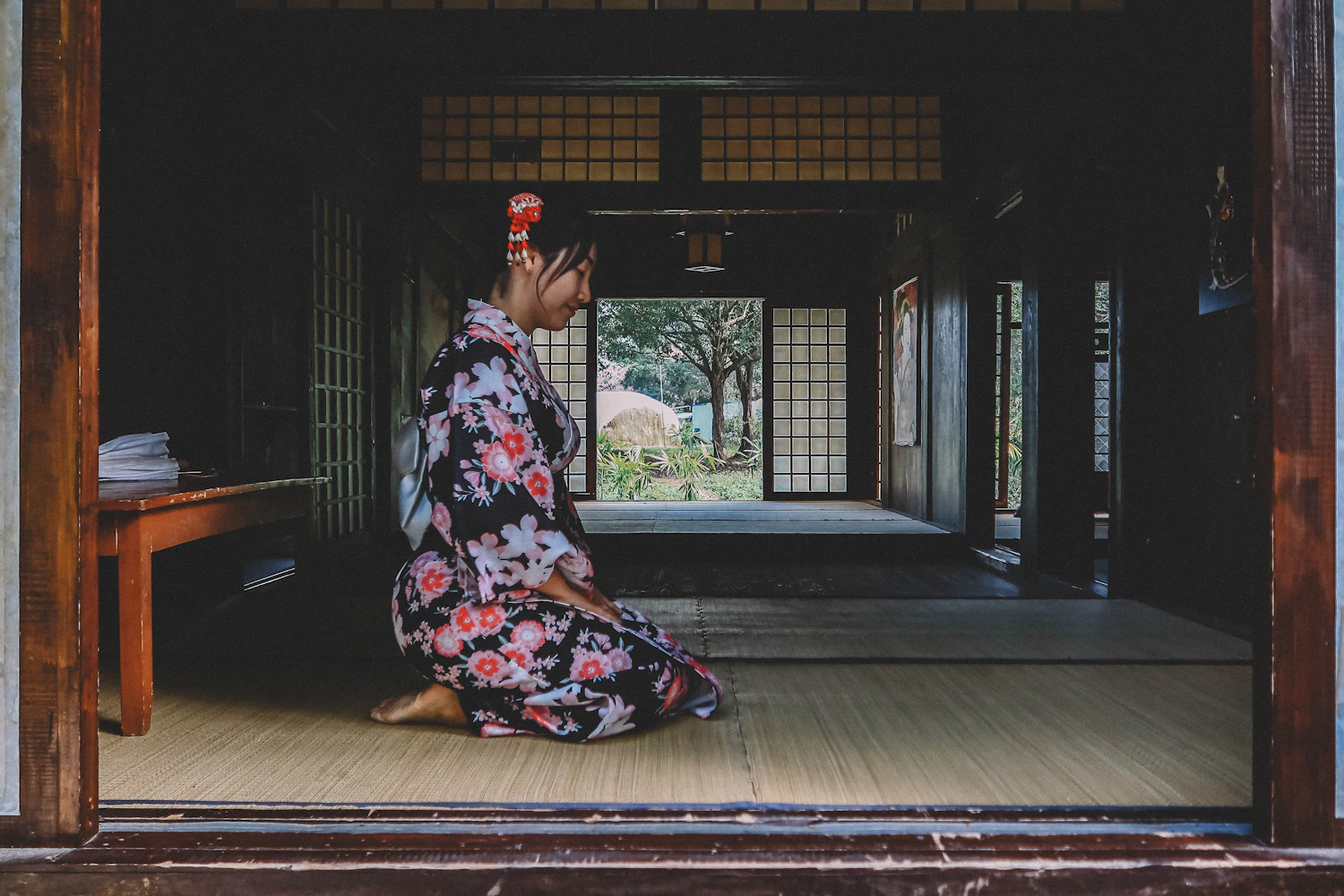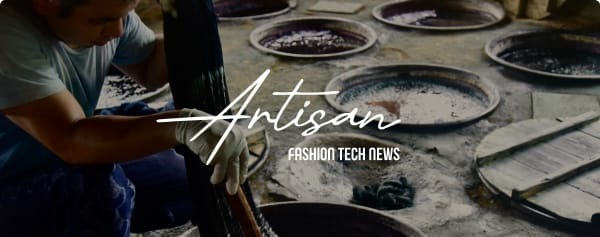2025.07.09WED
Relay Column: Kimono Crisis Super Pinch – Period Drama Costumes & Fashion (Risako Ota)

PROFILE

Risako Ota
Currently enrolled in the doctoral program at the Graduate School of Humanities, Kobe University. A researcher specializing in Japanese art history. Her areas of expertise include the painting and crafts of the early modern and modern Kyoto art scene (textiles and dyeing). She also conducts research on Japanese painting and film. Her works include: "日本漫画映画の生成を担ったもの―政岡憲三と京都における近代絵画の観点から" (edited by Osamu Maekawa and Hiroshi Okumura, "マンガ/漫画/MANGA—人文学の視点から" (2020, Kobe University Press)).
2020 and 2021 were impactful years. One might think this is true for everyone due to the COVID-19 pandemic, but for me, who studies costumes in period drama films, 2020 saw the "Kimono Exhibition" at the Tokyo National Museum, and in 2021, the "Fashion in Japan 1945-2020: Trends and Society Exhibition" at the National Art Center Tokyo were held back-to-back[1]. The "Kimono Exhibition" attempted to trace the history of kimono from the birth of the kosode to modern kimono; however, it did not incorporate Western garments that actively adopted the forms and designs of kimono, such as those by Issey Miyake. In contrast, the "Fashion in Japan Exhibition" focused on Western attire, hardly mentioning traditional Japanese clothing. Given the distinct characteristics of the Tokyo National Museum and the National Art Center, I felt like I had been told kimono are merely a traditional costume that embellishes the history of museums and no longer constitute fashion in contemporary society.
This article is for members only.
Please register to read the rest of the article.
What you can do with a membership
- Read members-only articles
and use text-to-speech. - Unlimited article favourites
and browsing history. - Attend members-only events.
- Get the latest information
with our email newsletter.
Share Article
CONCEPT VIDEO
"fashion tech news" Unveils New Logo & Concept Video
TOP ARTICLES
RELATED ARTICLES
CONCEPT VIDEO
"fashion tech news" Unveils New Logo & Concept Video
CONTACT
If you have any questions or enquiries, please enter your details in the form below.





.jpg?w=400&fm=webp)










.png?w=400&fm=webp)




